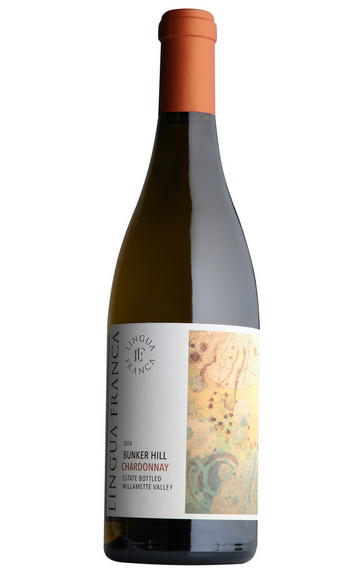
2016 Lingua Franca, Bunker Hill, Chardonnay, Willamette Valley, USA
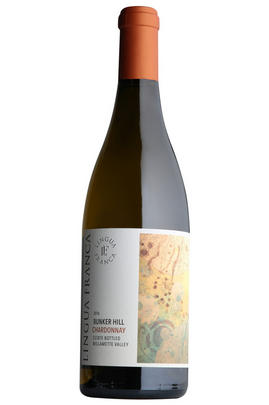
About this WINE
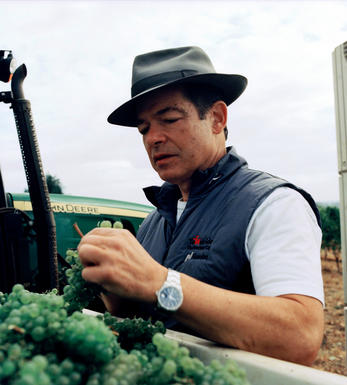
Lingua Franca
Lingua Franca in Oregon is the realisation of a life’s ambition for Master Sommelier Larry Stone. Having bought a site in the Eola-Amity Hills in 2012, Larry joined forces with David Honig and Dominique Lafon to create wines of expression and nuance.
The impressive triumvirate behind Lingua Franca enlisted Lafon’s protégé Thomas Savre as the winemaker, while Dominique supports as a consultant himself. Thomas brought his experience from several Burgundian greats and his time at Lingua Franca’s neighbour Evening Lands where was able to learn from Dominique.
The ethos at the birth of the project was about creating wines which have a sense of place and this is something for which all involved have both passion and expertise.
Larry’s vineyard is 27ha sitting among auspicious neighbours, Seven Springs and Lone Star Vineyards. This is a hillside which Larry rightly judged to have the ideal easterly exposure, catching the morning sunshine and gentle cooling breezes.
Larry has planted exclusively Dijon and heritage clones of Pinot Noir and Chardonnay. These are sourced from specific vineyards whenever possible – cuttings from Le Montrachet for example. The Chardonnay occupies the stoniest soils to bring a distinctive minerality to the wines. The Pinot is found on silty loam “Jory” and marine fossil Nekia soils.
Larry’s enthusiasm for the vineyard was the driving force behind this project so it is perhaps unsurprising that an organic and biodynamic approach is taken in its management. The attention to detail is meticulous and the regime is as much about encouraging biodiversity as it is vine health. The winery has also been built with the environment in mind, with numerous initiatives to reduce energy consumption and reuse water and CO2.
The approach to the wine making is no less scrupulous than the care of the vines themselves. The grapes are first sorted in the vineyard before a second sorting by hand in the winery. Enormous care is taken to ensure that they are kept in perfect condition and only whole grapes make it to the wine. Depending on the vintage there is a proportion of whole clusters used for the Pinot to increase complexity.
Pigéage (punching down) is conducted by foot here, a practice not often seen in wineries these days. Thomas is convinced that this more intuitive approach gives a better result than the mechanised alternative.
The range is made up of the estate wines together with some bought in fruit from single site. These are classic Oregon, always elegant and full of pure fruit but completed with notes of spice and earth which elevate them to give them a true sense of place.
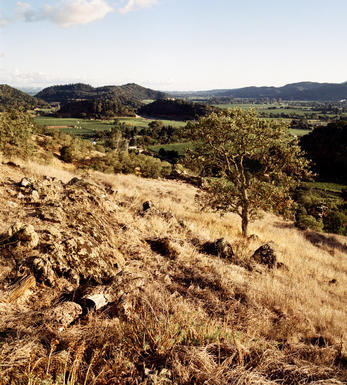
Sonoma County
North Coast's Sonoma County is California's largest AVA with 19,800 ha (2005) of vines. It has forever been the home of the meek and mild small grower as compared to the grandeur and might of neighbour Napa; more picturesque too, as much of the sandy, gravely loam land belonged to true orchards and fruit farms until the 1970s.
Sonoma Valley covers a small part of Sonoma County but its wines often outshine its illustrious neighbours in Napa County. Zinfandel, Pinot Noir, Chardonnay, and Cabernet Sauvignon are cultivated here with much success. Sonoma Valley has long enjoyed a special place in the history of California wine. The first vineyards in the valley were planted by Franciscan monks in 1823. In 1857 Agoston Haraszthy, one of the founding fathers of California's commercial winemaking, opened here the highly successful Buena Vista Winery.
Closer to the coast are the region's top producing AVAs for Pinot Noir and Chardonnay: Russian River, Sonoma Coast and Green Valley, while the slightly warmer Dry Creek and Alexander Valleys have earned a reputation as a hotspot for Cabernet, and increasingly, Zinfandel and Merlot.
Recommended producers
Ridge, Teira, Williams & Selyem, Rochioli are definitely worth investigating.
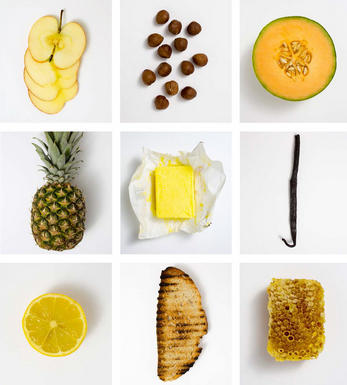
Chardonnay
Chardonnay is often seen as the king of white wine grapes and one of the most widely planted in the world It is suited to a wide variety of soils, though it excels in soils with a high limestone content as found in Champagne, Chablis, and the Côte D`Or.
Burgundy is Chardonnay's spiritual home and the best White Burgundies are dry, rich, honeyed wines with marvellous poise, elegance and balance. They are unquestionably the finest dry white wines in the world. Chardonnay plays a crucial role in the Champagne blend, providing structure and finesse, and is the sole grape in Blanc de Blancs.
It is quantitatively important in California and Australia, is widely planted in Chile and South Africa, and is the second most widely planted grape in New Zealand. In warm climates Chardonnay has a tendency to develop very high sugar levels during the final stages of ripening and this can occur at the expense of acidity. Late picking is a common problem and can result in blowsy and flabby wines that lack structure and definition.
Recently in the New World, we have seen a move towards more elegant, better- balanced and less oak-driven Chardonnays, and this is to be welcomed.


Buying options
Add to wishlist
Description
BHV Chardonnay is exclusively from Salem’s Bunker Hill, with 20-year-old CH76 vines on pure Nekia soils at an altitude of around 800 feet. BHV, the only west facing vineyard we work with, is exposed directly to the cooling ocean winds of the Van Duzer corridor. The aroma is complex with layers of mineral, smoke, herbs. It has a distinctly lifted flavor and intensity. The wine is crunchy, racy and complex on the palate. A lasting finish of citrus, herbs, and white flowers concludes with flinty, mouthwatering minerality, that has intensity but floats on the tongue.
wine at a glance
Delivery and quality guarantee